Rise of the
Static Site Generator
A presentation by Justin Mayer
@jmayer • justinmayer.com • github.com/justinmayer
Introduction
Justin Mayer • @jmayer • justinmayer.com
Pelican • @getpelican • getpelican.com
Monitorial • @monitorial • monitorial.net
Upriise • @upriise • upriise.com
Recognize
… this site?
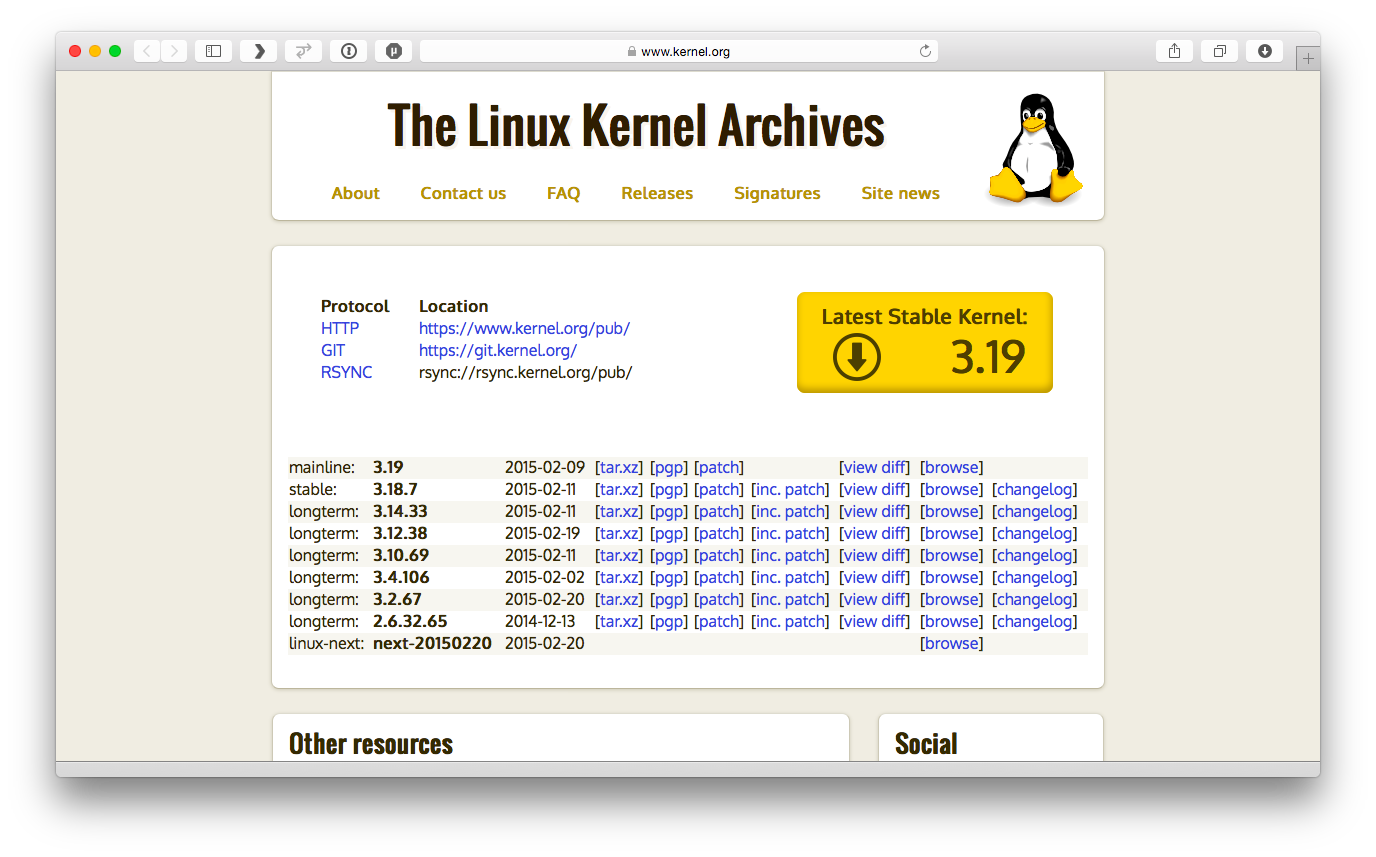
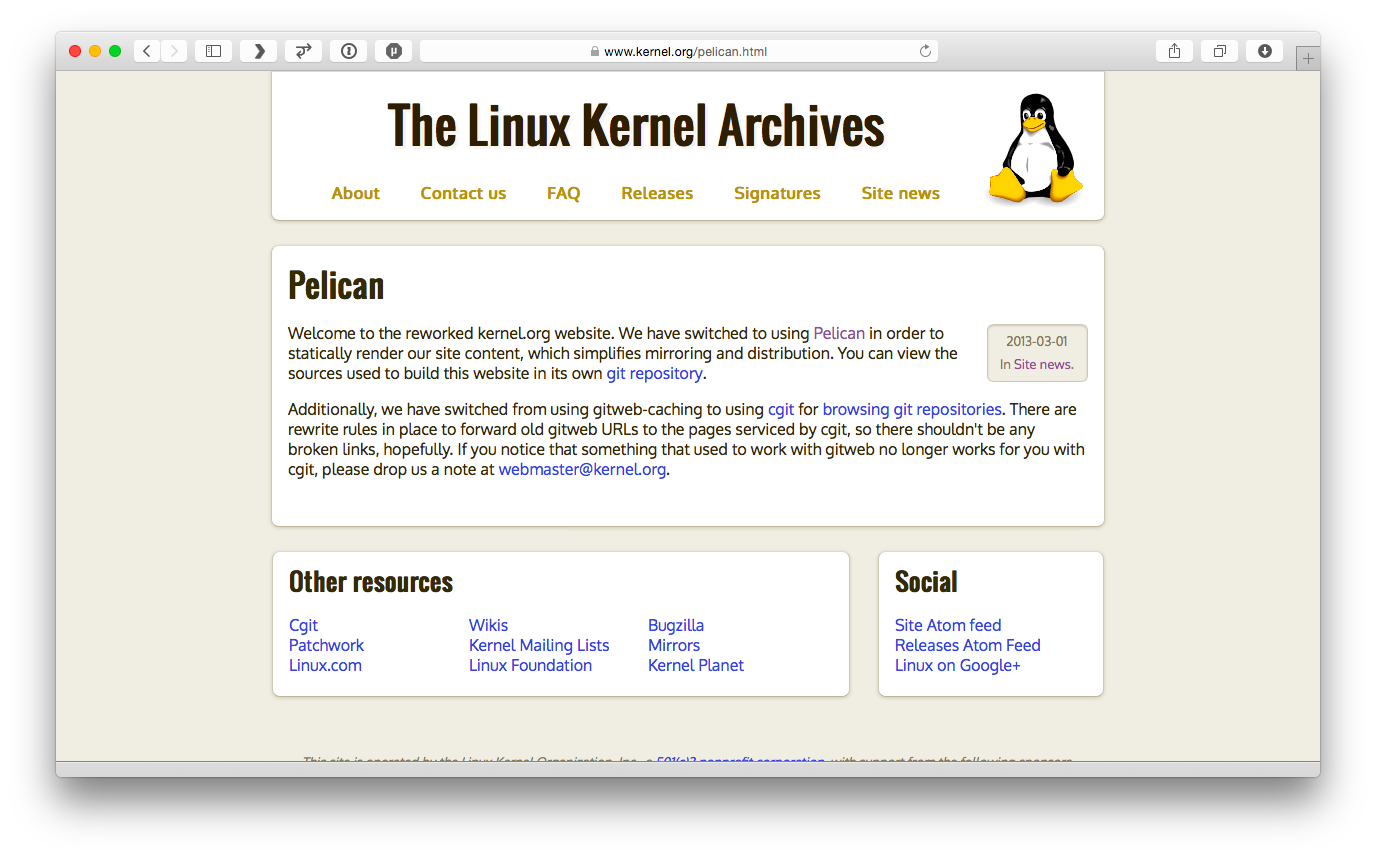

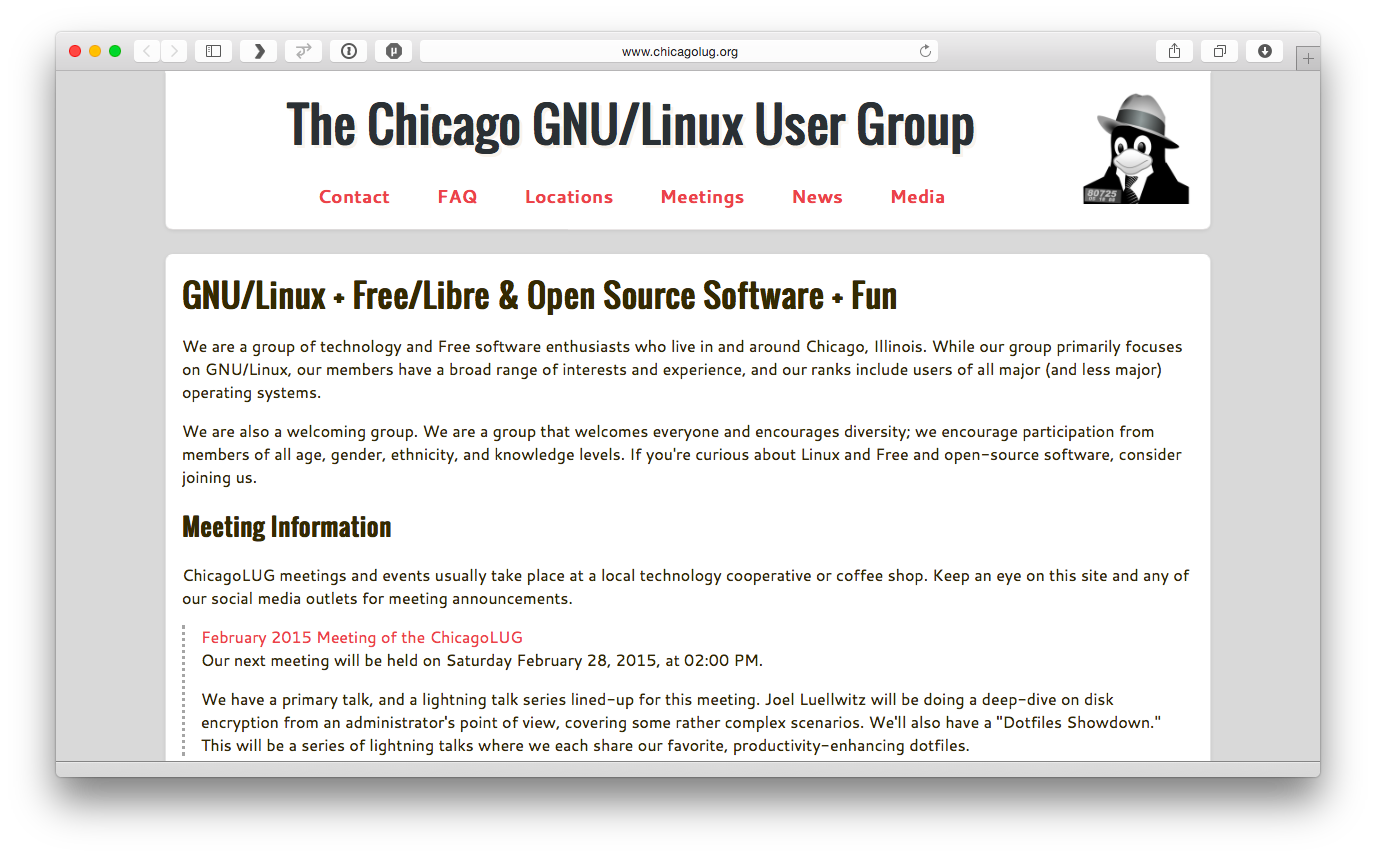

Why?
Birth of the Web
It was a simpler time
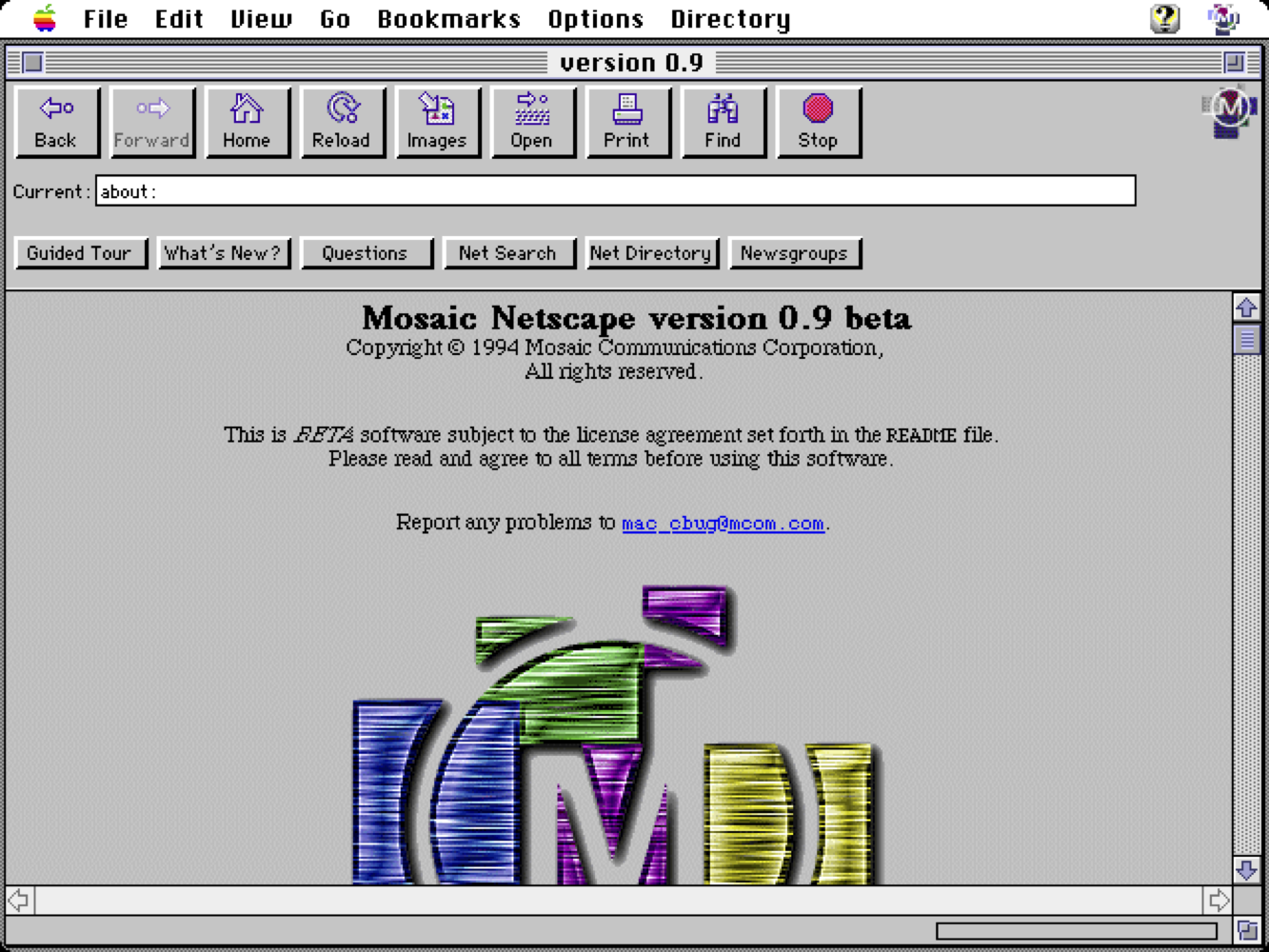
First Web was static
Content mixed with tags
Not very DRY
Only for technical folks
Solution = CMS
Content stored in database
Web-based editor
HTML dynamically generated by server
Features are not free
Deployment
Web server
Application server
Database server
Maintenance
Upgrading application and database servers
Content versioning is hard
Migration is a pain
Stampeding herd
High-profile site links to you
Congratulations!
Your server just caught fire and died
Inviting the Trojan Horse Inside
Association for Computing Machinery
http://queue.acm.org/detail.cfm?id=2721993
“Dynamic systems are simply less secure”
A “Kick Me” sign on your site
CMS treats content as instructions
Attack via crafted blog post or comment
DDoS
Loss of simplicity
No longer “just files”
Static site generators
The sweet spot
All that is old
is new again
Remember Movable Type?
What is a static site generator?
Content as files
Templates and content blocks: DRY
Generate locally; sync to server
Static and self-contained
Formats
Markdown
reStructured Text
Asciidoc
Textile
Need for speed
Not waiting on CPU to generate the page
No reverse proxying
Web servers are optimized for static assets
Reliability
No app or DB server
Less moving parts
Less things to go wrong
Better control
Source content is on your machine
Easier backups, versioning, migration
More control over your data
Deployment
rsync
GitHub Pages
S3/CloudFront/Rackspace/Heroku

Pelican
Written in Python
Nearly 250 contributors
Thriving ecosystem
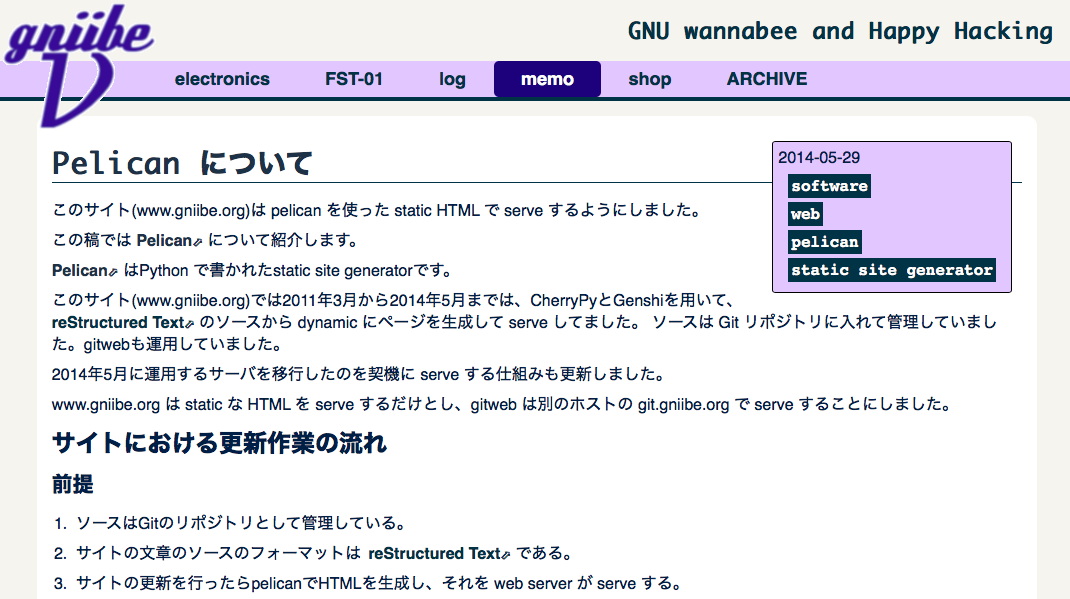
http://www.gniibe.org/memo/software/web/pelican/intro-ja.html

http://blog.sotm.jp/2014/01/03/moving-blog-wordpress-to-pelican/
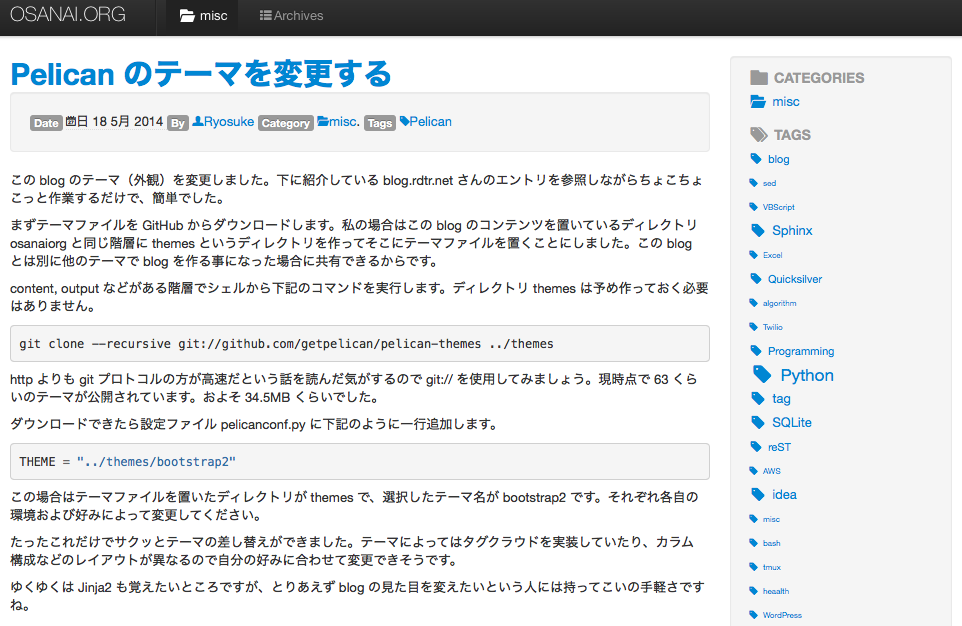
http://osanai.org/74/
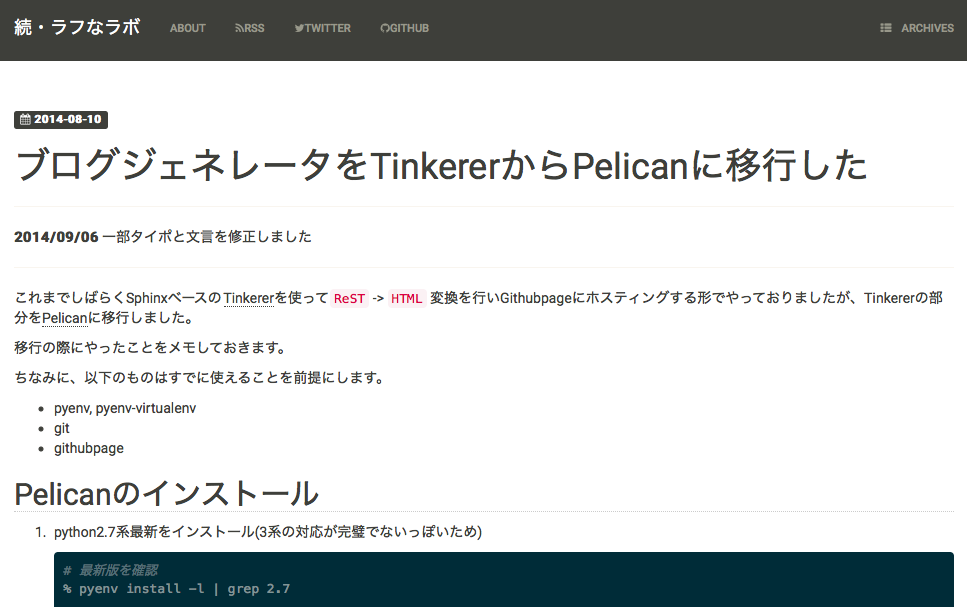
http://memo.laughk.org/2014/08/10/tinker2pelican-repo.html

http://blog.tai2.net/pelican-impression.html
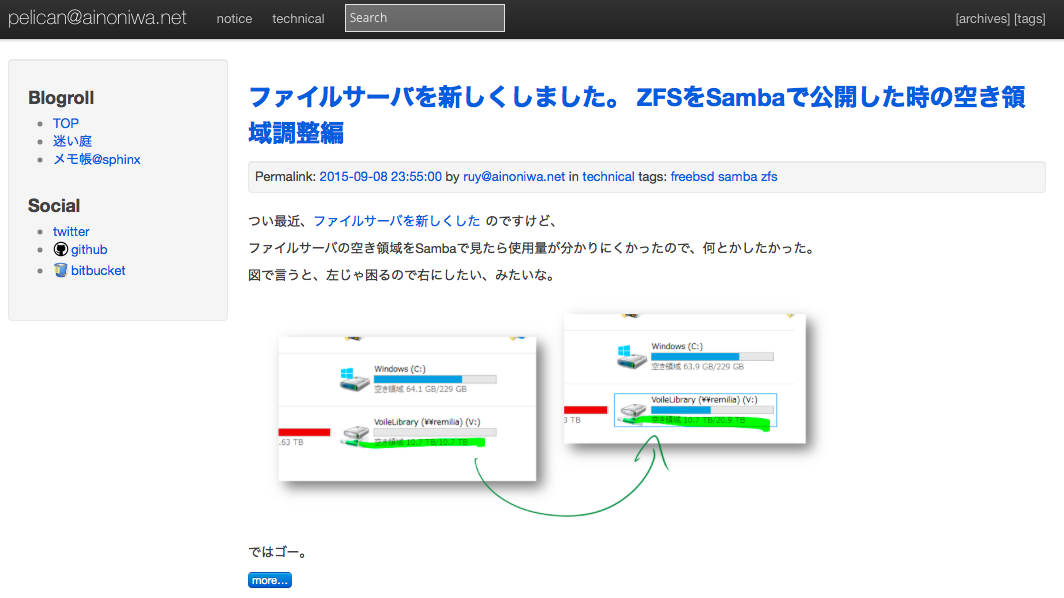
https://www.ainoniwa.net/pelican/

http://blog.tekito.org/2013/12/16/setting-up-a-blog-with-pelican/
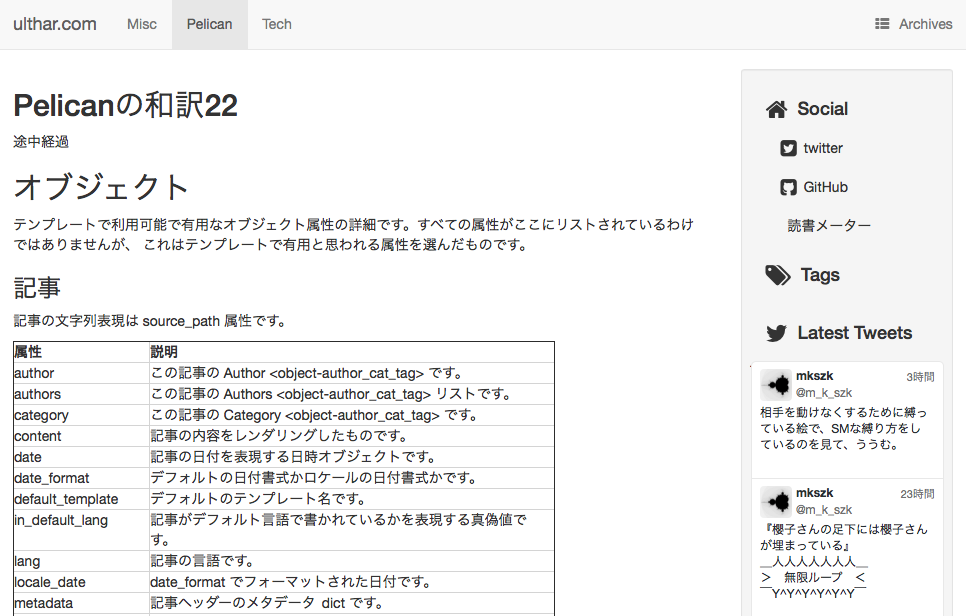
http://ulthar.com/category/pelican.html
Plenty of options
https://staticsitegenerators.net/
393 of them listed (as of today)
Choose one that makes sense for you
Challenges
When are SSGs not a good fit?
Data-heavy sites
“Show me all large T-shirts in blue”
Limited interactivity
Example: contact forms
Extra generation step
Potentially an issue for huge sites
User experience
Not nearly as approachable
or user-friendly
On the horizon
Creative solutions to challenges
Caching
Web-based editing
Live page reloading
Microservices
Self-hosted comments
Site search
Contact forms
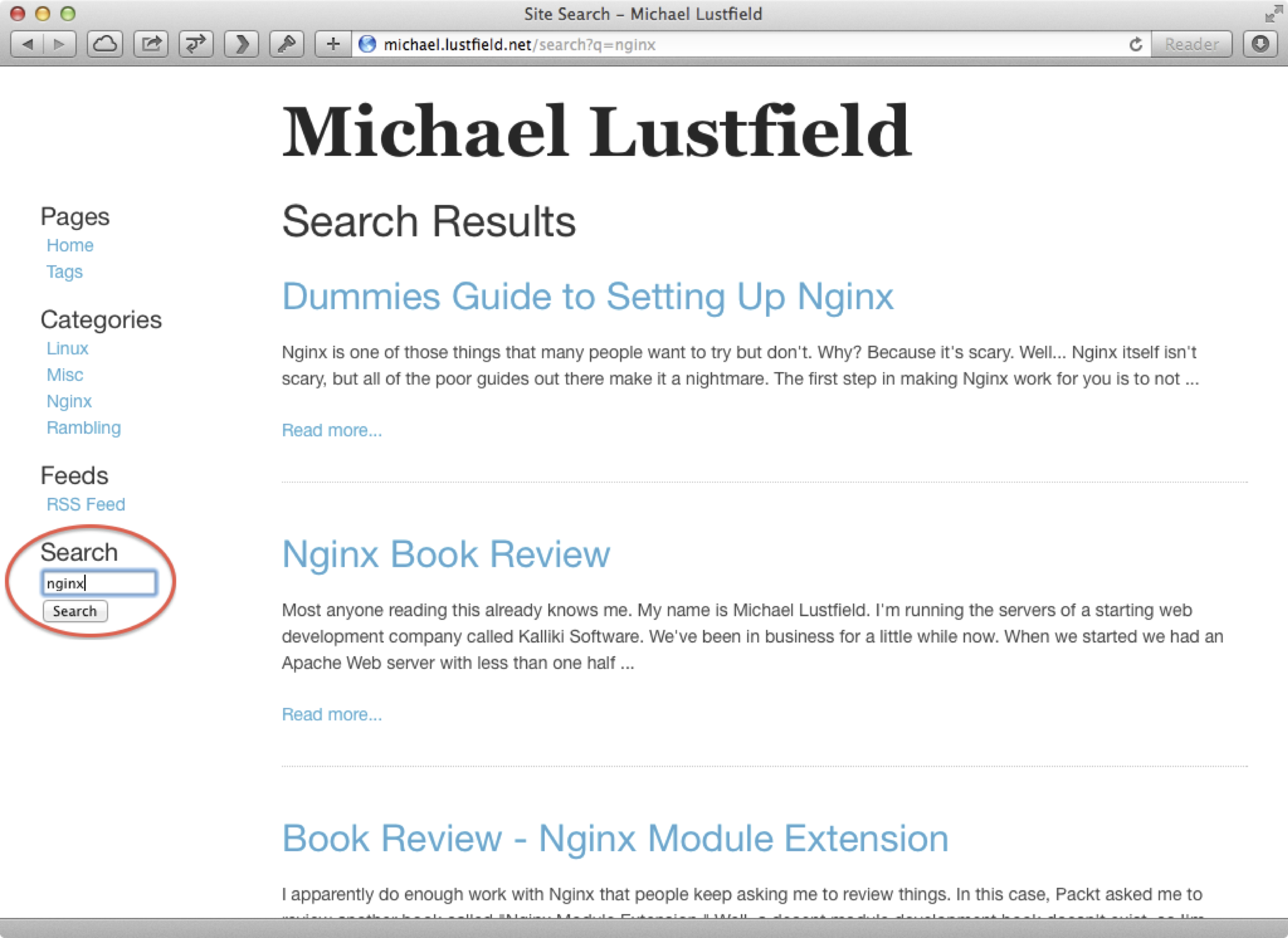
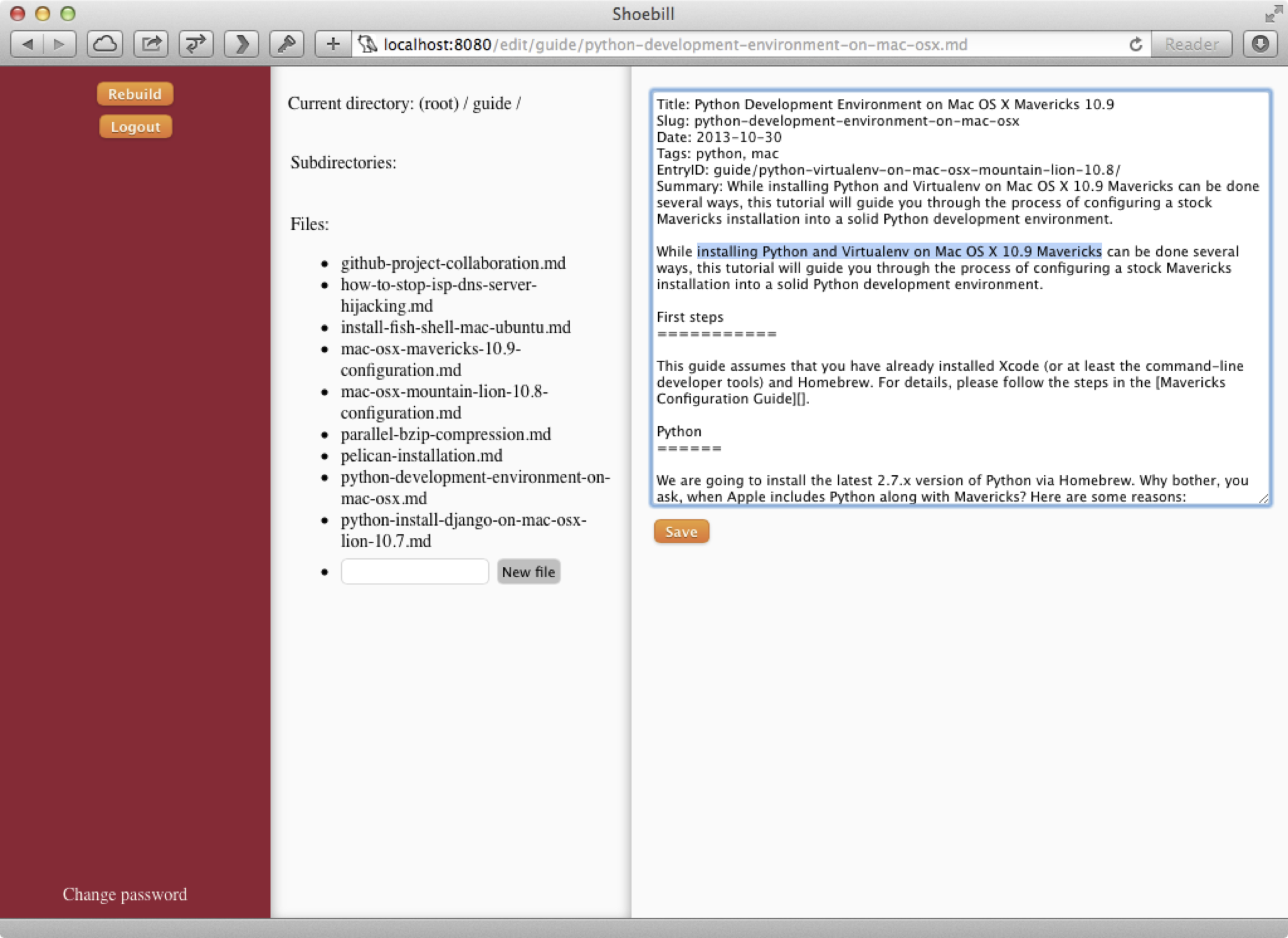
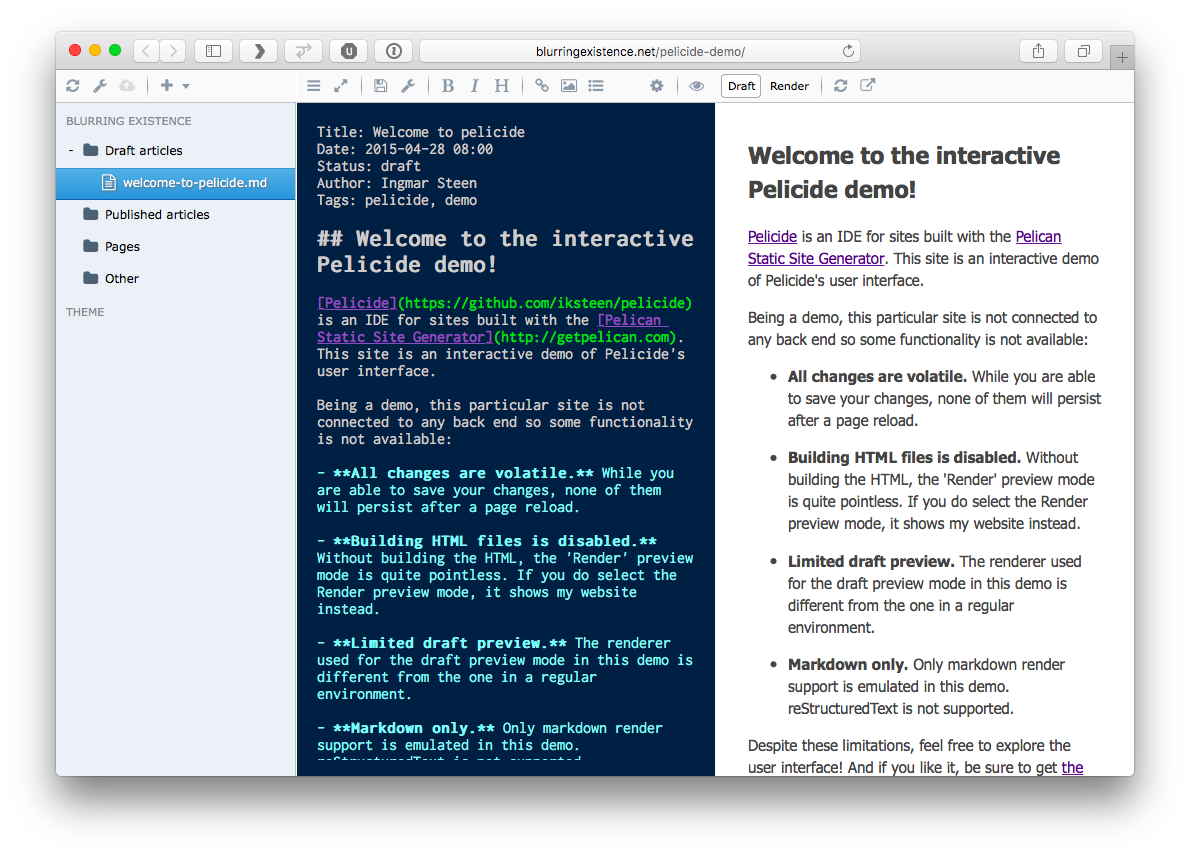

Not done yet
Should be much more user-friendly
Want to hear about your experiences
Stay tuned
Please help!
https://github.com/getpelican/pelican
Summary
Simple, reliable, fast
Pairs well with microservices
Better control over your software and your data
Thank you!
Justin Mayer • @jmayer • justinmayer.com
Pelican • @getpelican • getpelican.com
Monitorial • @monitorial • monitorial.net
Upriise • @upriise • upriise.com